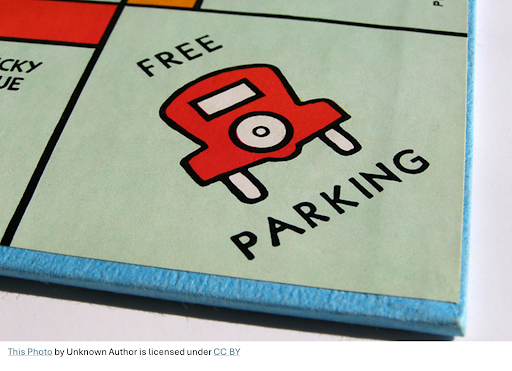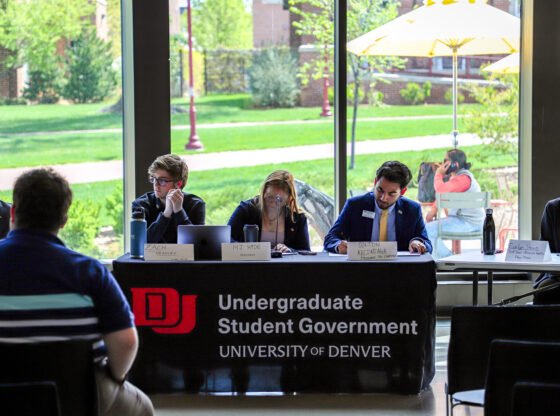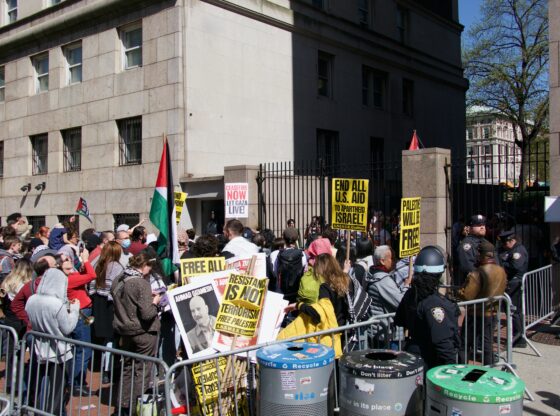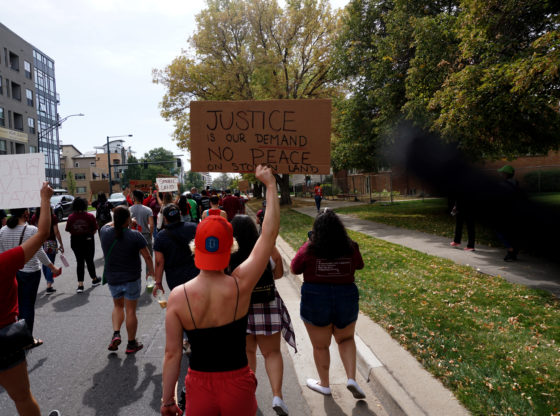The fight for justice for 22-year-old Mahsa Amini stays persistent as protests have erupted in over 50 cities across Iran. As thousands risk their lives to protest the Iranian government, the question that hovers is, what does this mean for Iranian women and the future of Iran’s theocratic government? As Iranians gather from different ethnic and regional backgrounds, sharing different religions, they all stand united despite their differences. Led by young women and teenagers, these protests mark a new generation taking on political dissent for the first time and unlike other protests, they will not stop until progress is made.
On Sept. 13, Amini was visiting the capital of Tehran from the Kurdish province when she was seen wearing her hijab improperly. Iran’s religious police force, known as the ‘morality police,’ arrested Amini and took her into custody. It was announced on Sept. 16 that Amini had died while in custody due to an unexpected heart attack. Despite these claims from Tehran’s police chief, the family of Amini has been denied access to the autopsy report proving the cause of her death. In addition to conducting a poor investigation of Amini’s death, many witnesses have voiced that Amini was beaten to death while in custody.
Many Iranians showed support by gathering outside of Kasra hospital where Amini was declared dead. It was reported that police forces used pepper spray on protesters and several were arrested outside of the hospital. After Amini’s burial on the morning of Sept. 17, protesters took to the streets to oppose the human rights violations of the Iranian government.
Since these protests, at least 76 people have been killed and hundreds more have been injured or arrested. In these protests, people are chanting phrases such as “Women, life and freedom” and “Death to the dictator”, and women have been seen ripping off their headscarves and burning them on the street. The government has not only responded with fatal forces but has blocked internet access across the country, suppressing the voices of all Iranians and attempting to hide the horrific events occurring.
Despite the powerful Islamic Revolutionary Guard Corps that are heavily armed, protesters refuse to leave the streets and won’t stop trying to get the world’s attention for the problem at hand.
There are Kurdish opposition forces based in Syria, Iraq and Turkey showing support for the injustice and human right violation shown against Amini and her family. However, this support has been viewed as a threat to the Iranian government. Iran launched a cross-border attack into Iraq in an attempt to target “terrorist and revolutionary groups,” where the Kurdish opposition forces were.
Despite Iraq’s former president of the Kurdistan region, Massoud Barzani, showing outspoken support for Iran, after the attack it is unlikely that the Kurdistan region will continue to support Iranian Kurds. However, despite this failed support, many public figures of Iran are taking a stand. Athletes, musicians and writers are publicly going against the Iranian government to show support for those protesting. This level of support is unprecedented amongst public figures and celebrities in Iran. The Governor of Tehran has since warned celebrities of action that will be taken against them if they publicly side with and show support for anti-government protests. In the past celebrities have been blacklisted from the industry and have been prevented from continuing their work in Iran for publicly speaking out against the government. As celebrities in Iran continue to break their silence on these protests, they continue to help uphold the strong message of Iranian dissent and show how little public support the government is receiving, even amongst its most famous citizens.
As protests still carry on in spite of the violence, there is a glimmer of hope for change in Iran. Human rights researcher Tara Sepheri Far states that whether or not these protests immediately result in transformative change, “they have forever changed the debate on compulsory Hijab in Iran” and “there is no going back.” As women continue to push back on Iran’s restrictions on women and fight for justice, the future of Iran is forever changed. Young women have shown reliance and grit in an unprecedented manner as they revolt against these discriminatory laws and will continue to fight for their freedom no matter the cost.
Thousands of protesters and women are putting their lives on the ground to lead a new generation to the freedom in which so many women have been denied. As Iranians unite together under political dissent and rally together to fight for women’s rights, these protests have caused a stir in the government and have sparked the start of change. This testimony of strength and liberty is one that cannot go unnoticed by the Iranian government and will not be ignored.
Their voices have been heard internationally as many countries come together to impose sanctions for the violence and injustice against women and protesters. Despite seeking a nuclear deal with Iran, the U.S. has announced new sanctions on Iran for the violence imposed on protesters. Along with the U.S., Germany, France, Denmark, Spain, Italy and the Czech Republic have submitted 16 proposals for new EU sanctions against Iran. These sanctions will affect certain institutions and public figures who are responsible for the violent crackdown on protests and the death of Amini and help display international support for Iranian women and citizens.
Despite Iran’s efforts to suppress women’s rights and freedoms, their voices have carried weight internationally and a new future for Iranian women is approaching.











